Like most people, I'd heard of Cape Verde, the archipelago 385 miles off the west coast of Africa, before. But unfortunately, the image of the country is often just of Sal, the main island. Sal takes over 80% of the tourism in the archipelago. It’s the most built up, with lots of resorts - even though there are 10 other islands. This was a great opportunity to see another side of the destination.
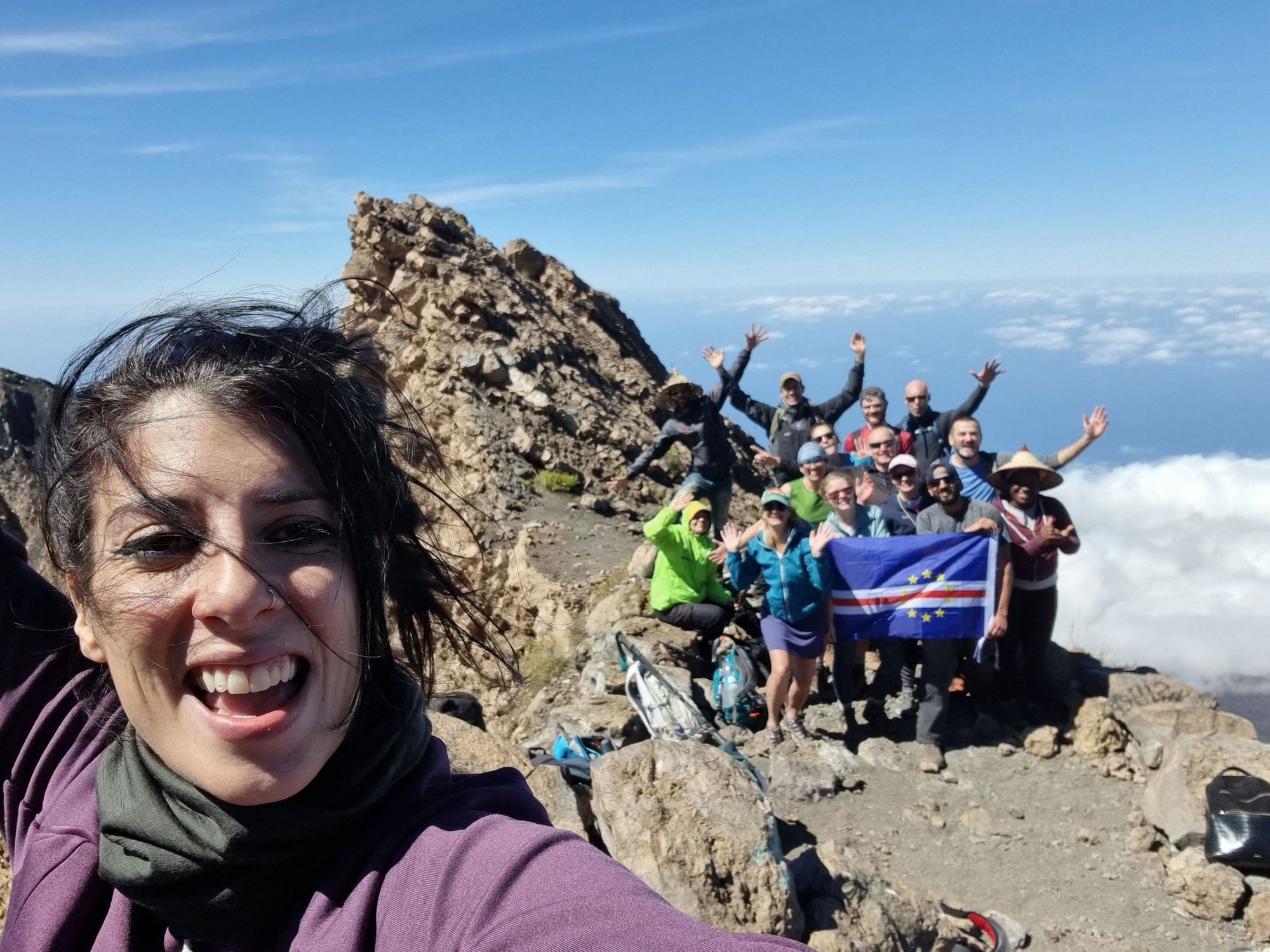
The islands were first discovered and colonised by the Portuguese in the 15th century, and subsequently became a trading centre for African slaves. They became independent only in 1975. This dark heritage is an important part of the island history. It's an archipelago with a striking diversity of the landscape, something that you'll miss if you spend a week in one of Sal's beach resorts.
To begin my trip, I flew to Praia, on the island of Santiago, arriving in the evening. The second day started off with a short transfer to the Calabaceira Valley. We hiked through the fertile valley for a couple of hours; it was bursting with flora and fauna, from fruit trees to tall palms, providing a gentle immersion into the lush landscape of Cape Verde.
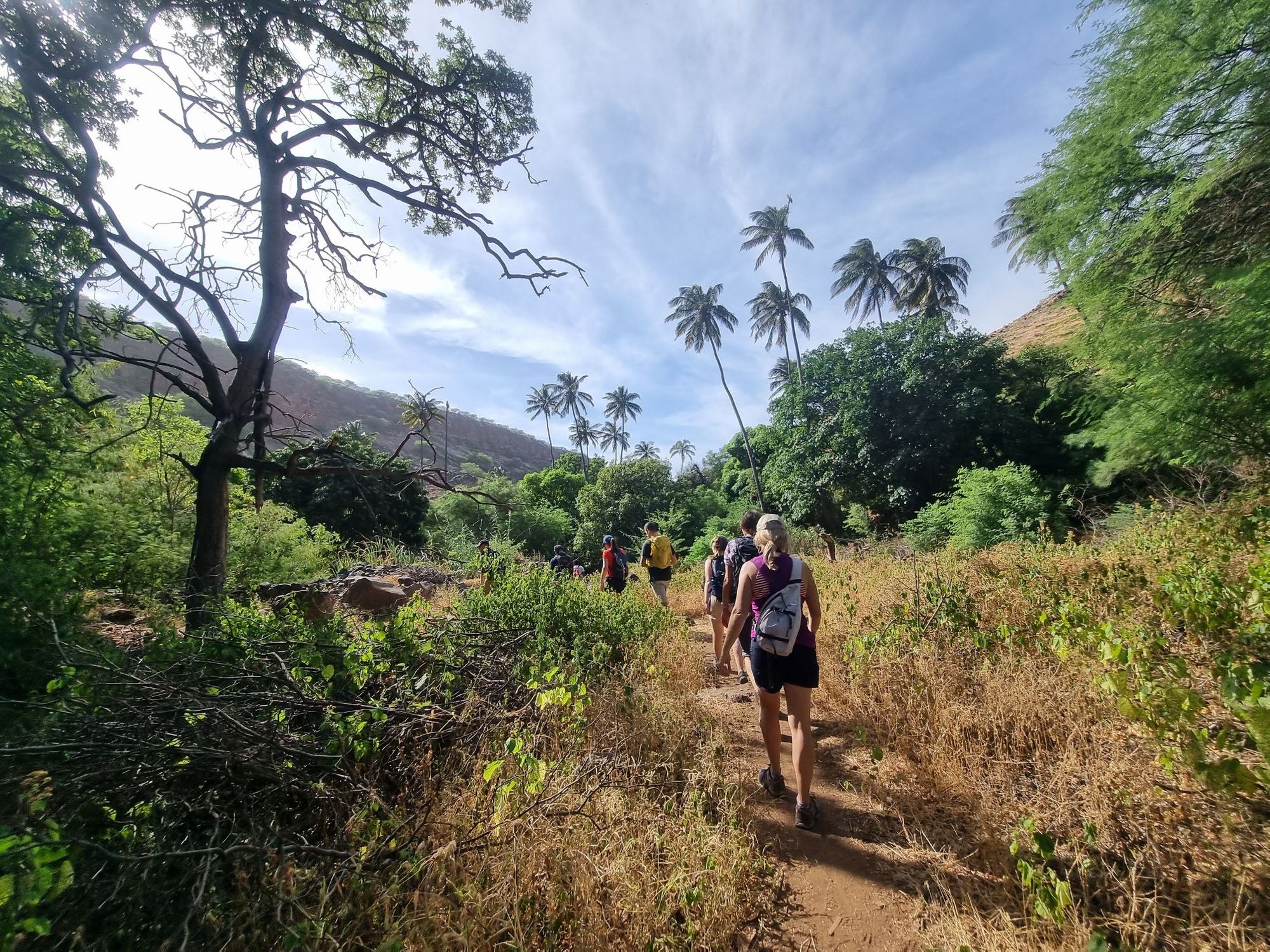
The walk finished just before lunch in the UNESCO World Heritage site of Cidade Velha, the historic centre which encloses the oldest buildings in Santiago. We walked down the picturesque Banana Street, which is lined with banana palms, and stopped for lunch in a restaurant by the ocean.
It’s striking how important music and dance is for the locals.
Dinner wasn’t included that evening, but we organised it ourselves, and went to a restaurant a few steps away from the hotel. There was great live music from a local singer and guitarist. It’s striking how important music and dance is for the locals. There is live music everywhere you walk. More than six genres of music originate from the island - including morna, funaná, coladeira, batuque and colá.
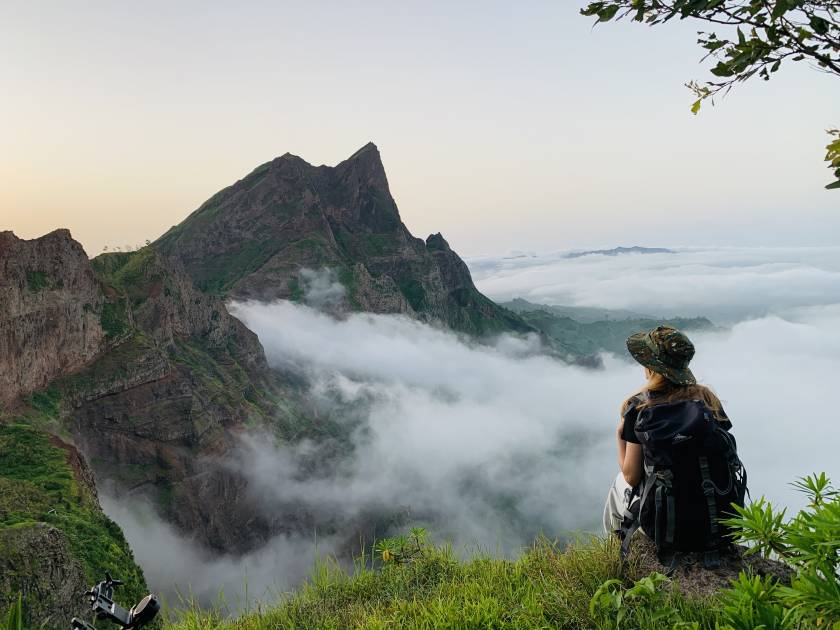
On the third day, we took a short flight to the island of Fogo. We hiked from Mosterios to the foothills of the volcano, the starting point for tomorrow’s hike to the summit. The hike was quite challenging - four hours of climbing up, up, up.
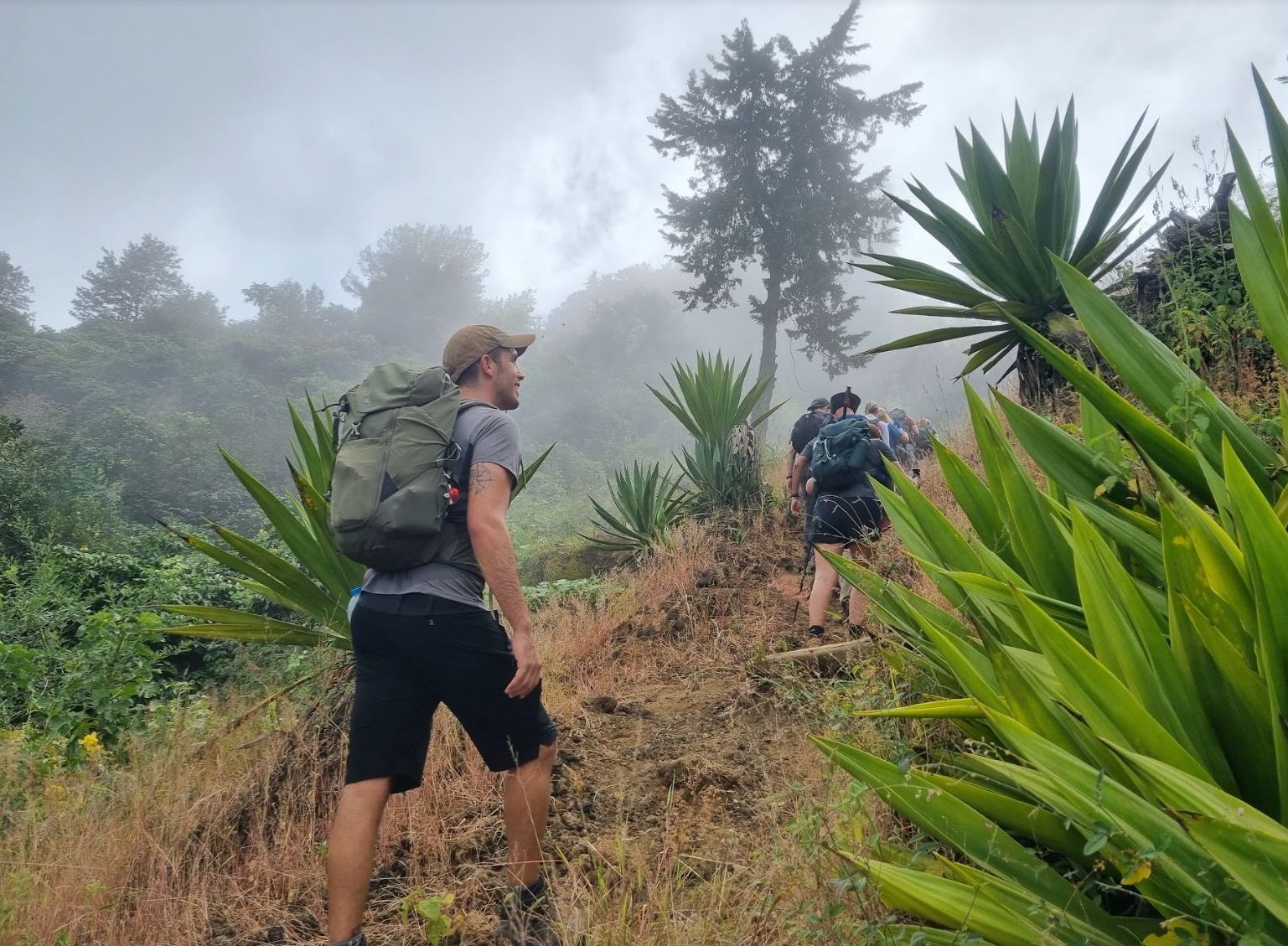
The landscape changed from verdant coffee plantations to misty forest as we ascended. Then all of a sudden, you're in a starkly contrasting volcanic landscape, with dark lava all around you.
Each time the volcano erupts, the village is destroyed, and each time the villagers rebuild everything.
We stayed in a village in the foothills of Pico do Fogo, the volcano, and had the chance to walk through the village when we arrived. It's a surreal place. The volcano is actually active, but dormant - the last eruption being 15 years ago. There have been three eruptions in the past century.
Each time the volcano erupts, the village is destroyed, and each time the villagers rebuild everything. They’re resilient here. “We know we’re a bit crazy, but we just love it here,” say the locals.
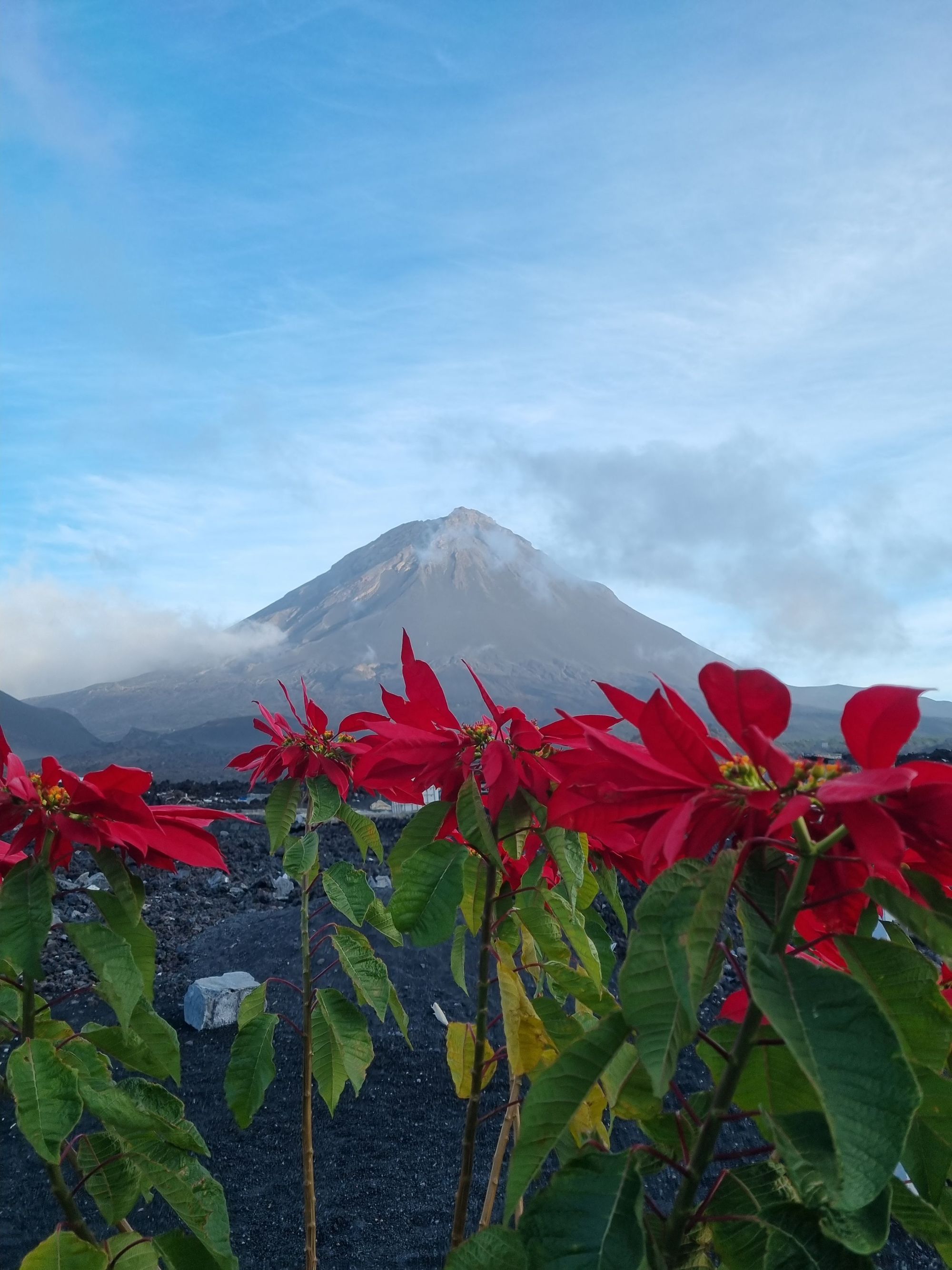
One reason the locals stay is because volcanic soil is actually super-fertile. It’s a wine-growing region and they grow almost everything they need to live here. The only thing they need to import is some fish from down the coast.
There have been three eruptions in the past century and every time the village is destroyed. Every time the villagers just rebuild everything.
We stayed at Casa Marisa (below) for the next two nights - accommodation built by a guy from Kyrgyzstan who was travelling across the world and stopped here. He fell in love with a woman from Fogo and decided to stay. He converted the huts in the area into comfortable accommodation. There is a terrace at the top of each one with a hammock. Some of the huts are really warm - heated directly from the ground - whilst others have been insulated and are cooler.
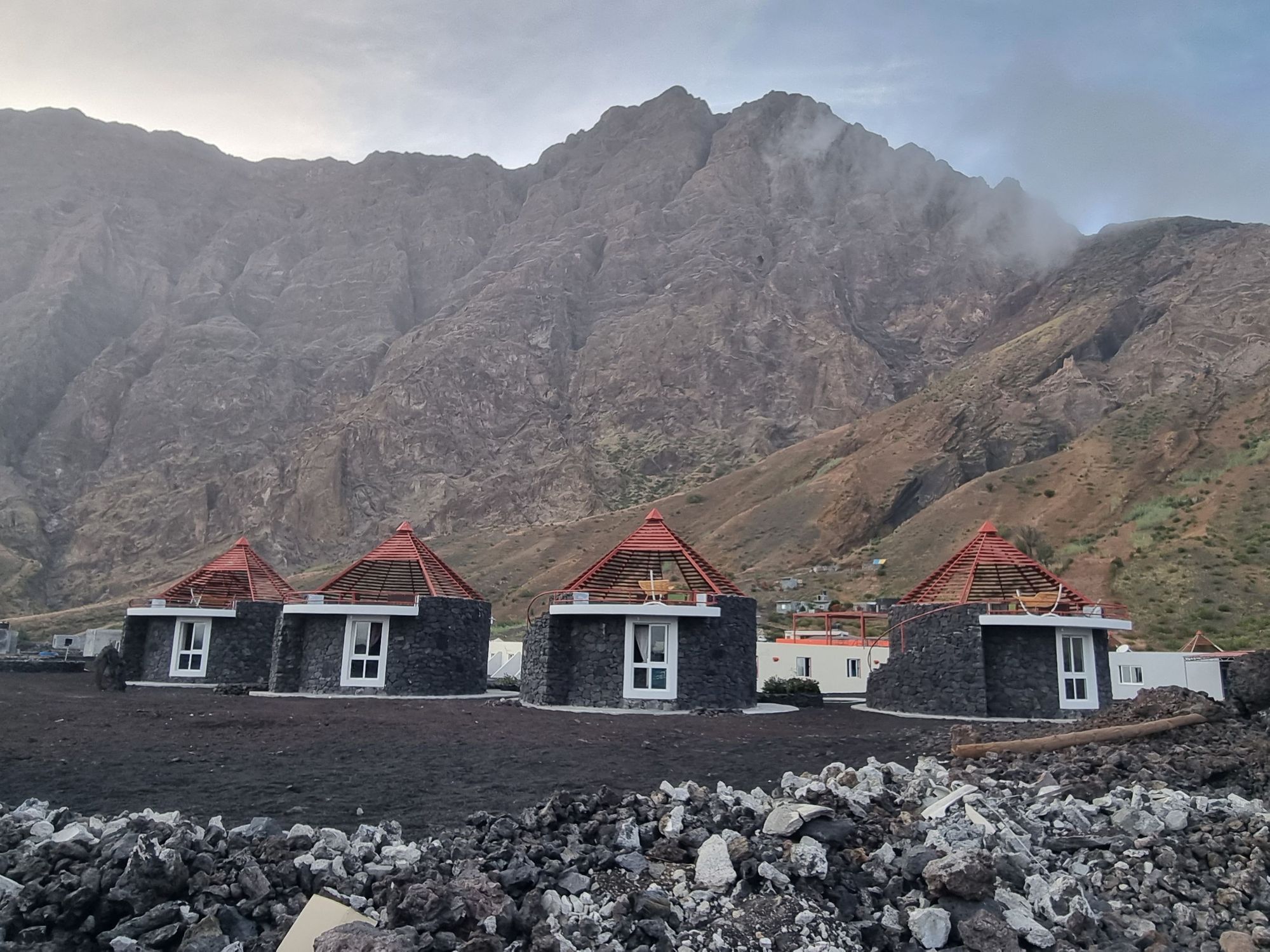
Casa Marisa is off-grid, getting its electricity from generators. There are no water pipes, so they have to bring the water from down the coast and store it in cisterns. There were a couple of issues with the lack of water, but it's very much part of the place - and people need to respect that. This is how they live here.
There's no doubt that this was one of the most unique places I've ever been. It's rare to sleep at the foot of an active volcano, and the stargazing at night is amazing, with no light pollution whatsoever. When the darkness fell, we saw a sky full of bright, twinkling stars.
It's one of the most unique places I've ever been. It's rare to sleep at the foot of an active volcano, just looking up at it.
Day four was our big summit day. We got up at 4:30am to avoid the heat and see the sunrise. We watched the colours of dawn suffuse the sea of clouds below us. It was beautiful. While the hike is relatively challenging, no technical expertise is required. There's not much scrambling, just a really short section where you need your hands, but otherwise it's just very rocky and ashy.
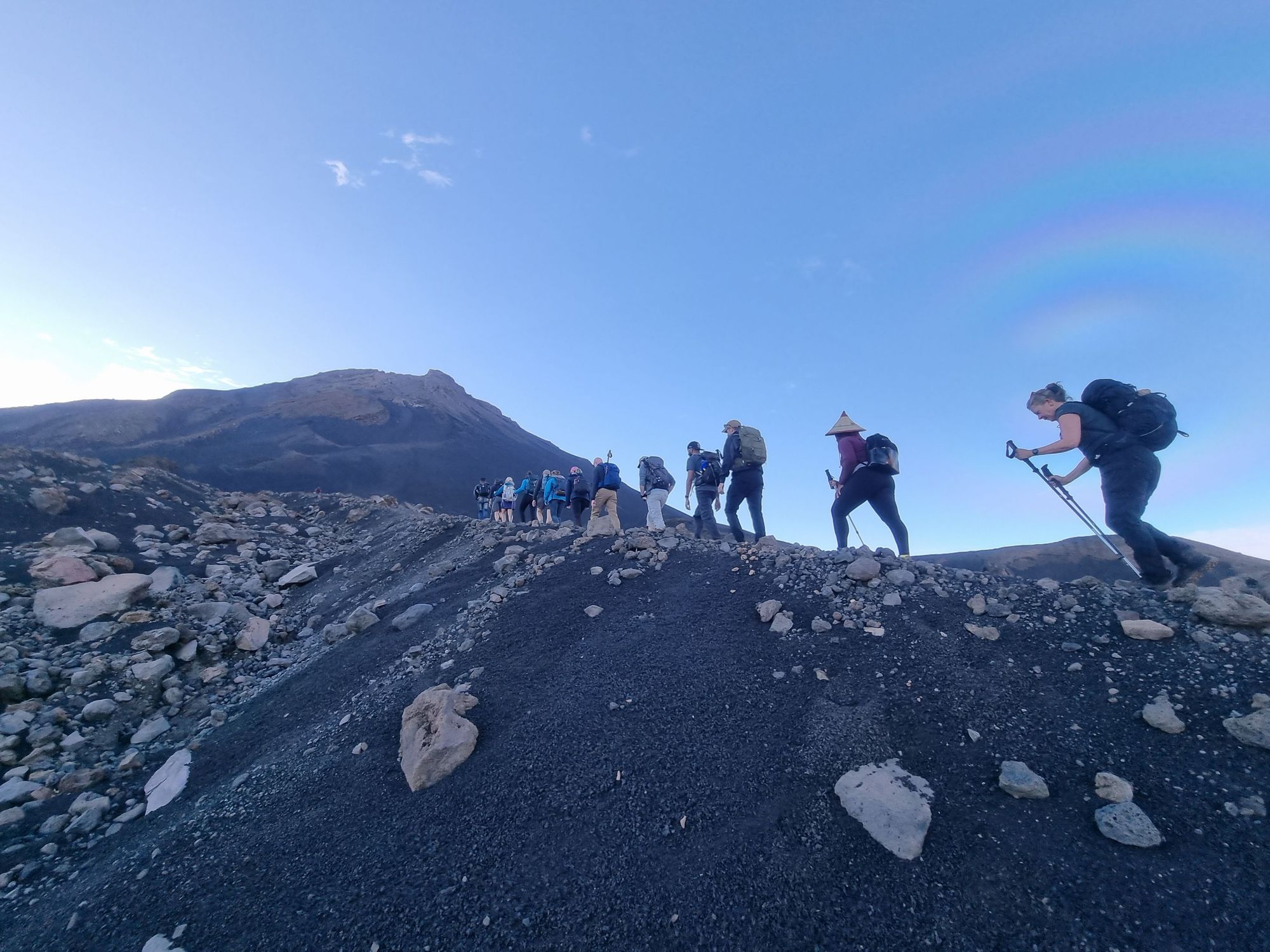
The views are spectacular. We took breaks throughout the climb to catch our breath, but also to look back down. You feel like you're on top of the world. We had some cloud coverage, but when it cleared, you could see all the way across the lava fields to the ocean, and the silhouettes of other islands on the horizon.
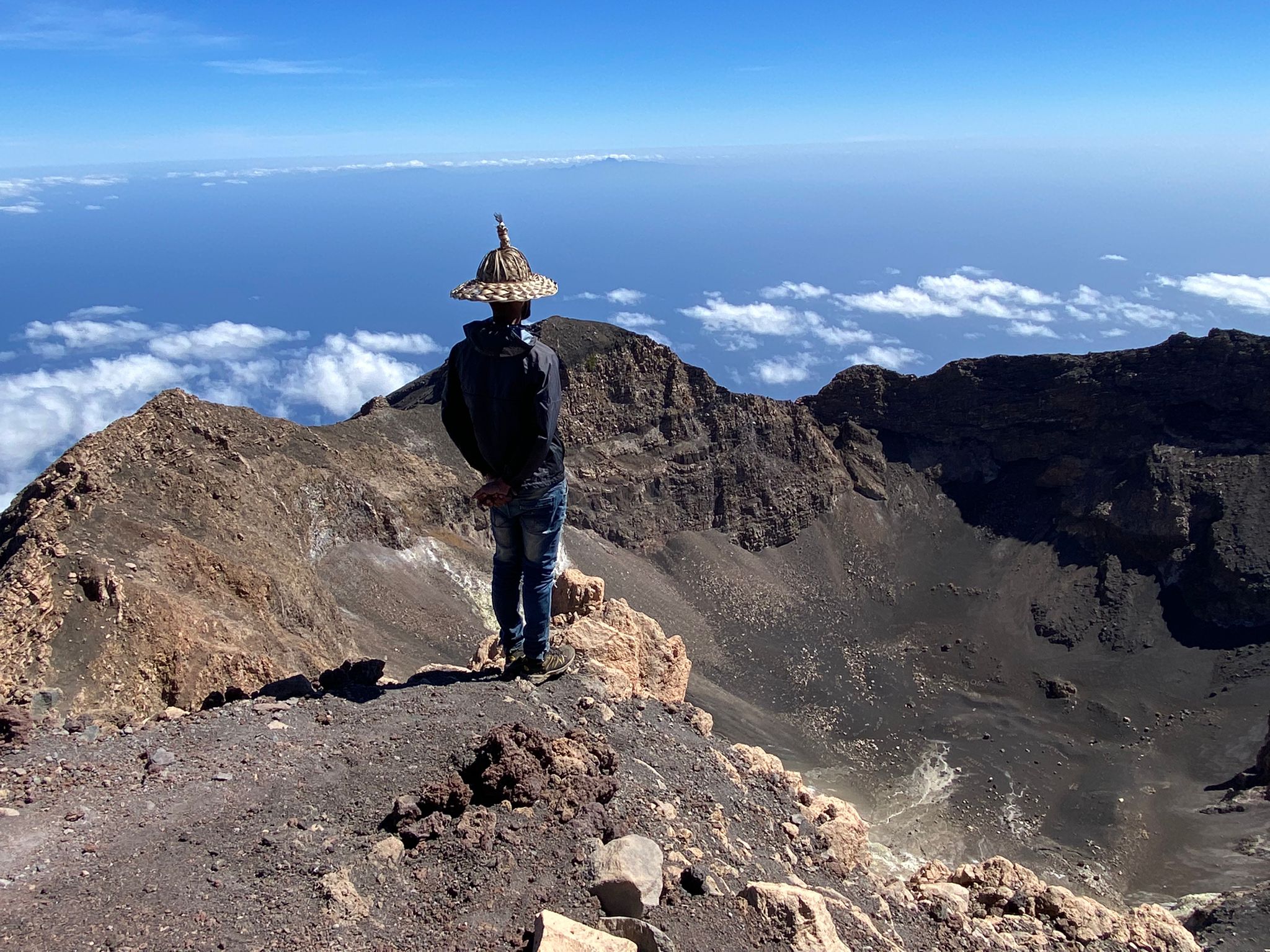
When you climb a mountain you always think the highlight is getting to the top but here the highlight was getting back down to the bottom. I have climbed other volcanoes before, like Stromboli in Sicily, but it wasn't as much fun. This was just like being a kid again. When it starts getting really sandy you can go free and start running down the slopes of the volcano.
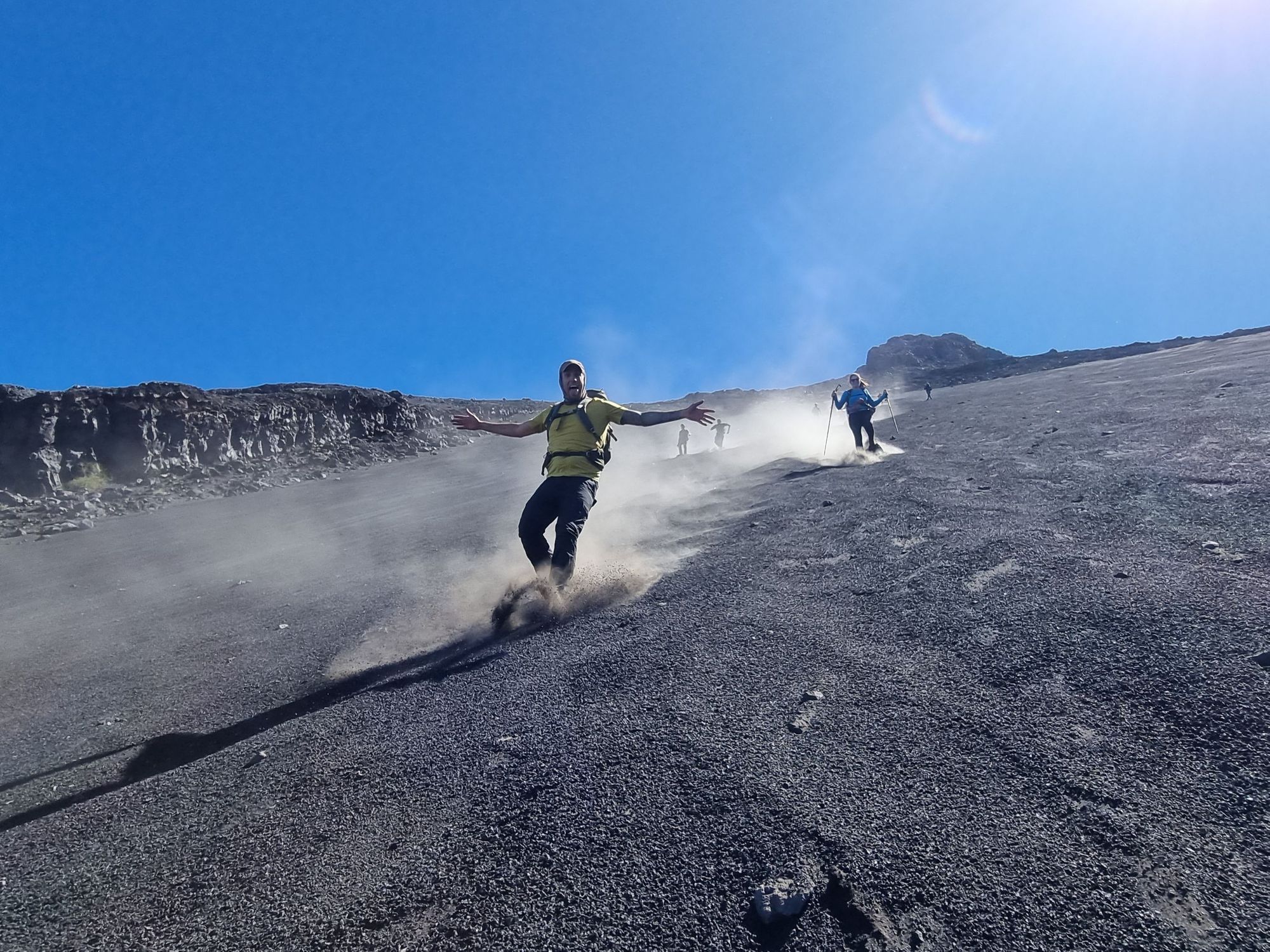
Our reward was dinner at Casa Marisa, and tasting some local wines. Afterwards, the guide from the village took some of us out to watch his family play a gig.
His cousin and brother were playing - the reco-reco (an African percussion instrument), the cavaquinho (a small Portuguese string instrument) and the djembe (a small, skin-covered drum). We shared another bottle of wine while live music sounded, in one of the most unusual places where you'd expect to hear it.
This place is remote - but that's also the beauty of it.
When we had to fly back to Santiago, the next day, the schedule had changed - our flight was now in the afternoon. So we made the most of it - with an extra walk in some nearby lava fields. Those who wanted to took a daring ascent into the lava tube, a natural cave produced by the last eruption.
Unfortunately, when we reached the airport, our flight had been cancelled. This can happen in Cape Verde, either because of wind or because of the airline schedules. This place is remote - but that's also the beauty of it. We were booked on an afternoon flight the next day, and our guides adapted - taking us to visit some natural pools that ended up being a highlight of the trip.
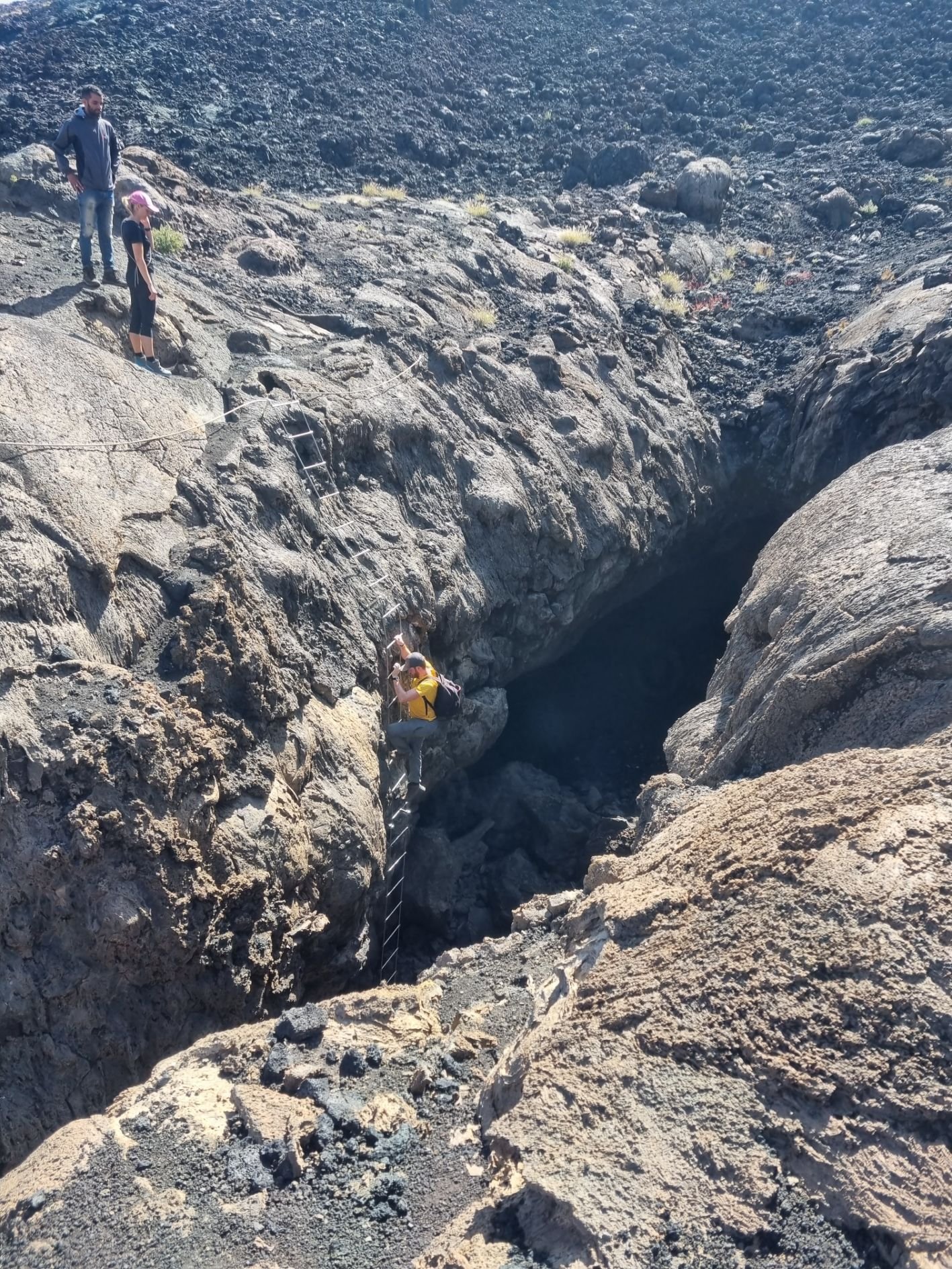
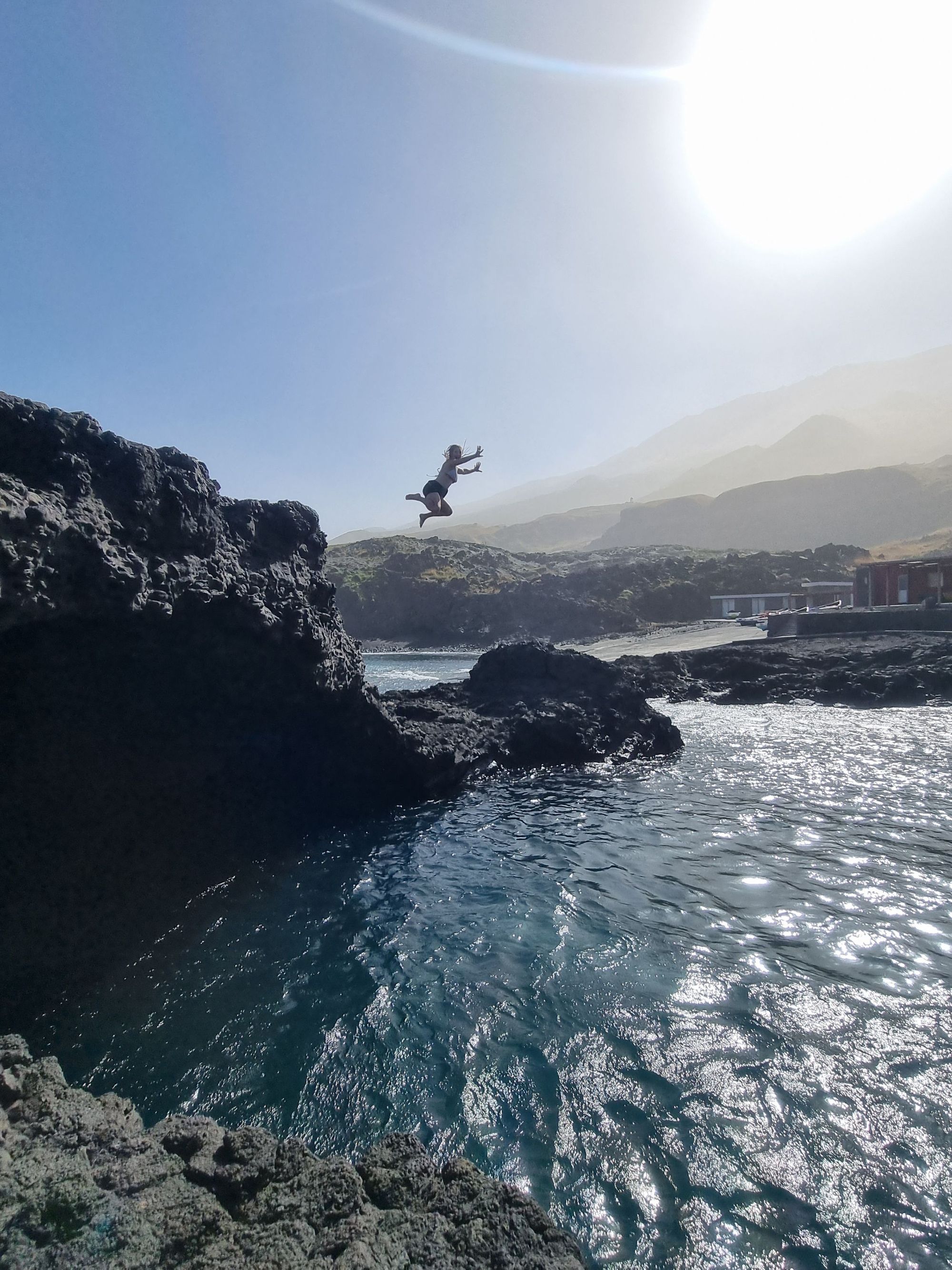
It's a good example of how a bad situation can be turned on its head if you're with a good group, and knowledgable guides. We spent our time diving and jumping from the volcanic cliffs into the blue water below, with only ourselves and the stunning environment for company.
Sometimes we forget that we also need a holiday, even if we want the adventure and the challenge and the big summit.
In the afternoon, we flew to Santiago, stopping to have a late lunch en route to Tarrafal, which was the last base of the trip. We ate with a local family, where the husband played guitar and his wife danced along - so well.
She also demonstrated how they cook couscous, which is not the couscous we know traditionally - it was a dessert made with semolina. Again, it was a day that was completely unexpected and unplanned, but ended up being really enjoyable.
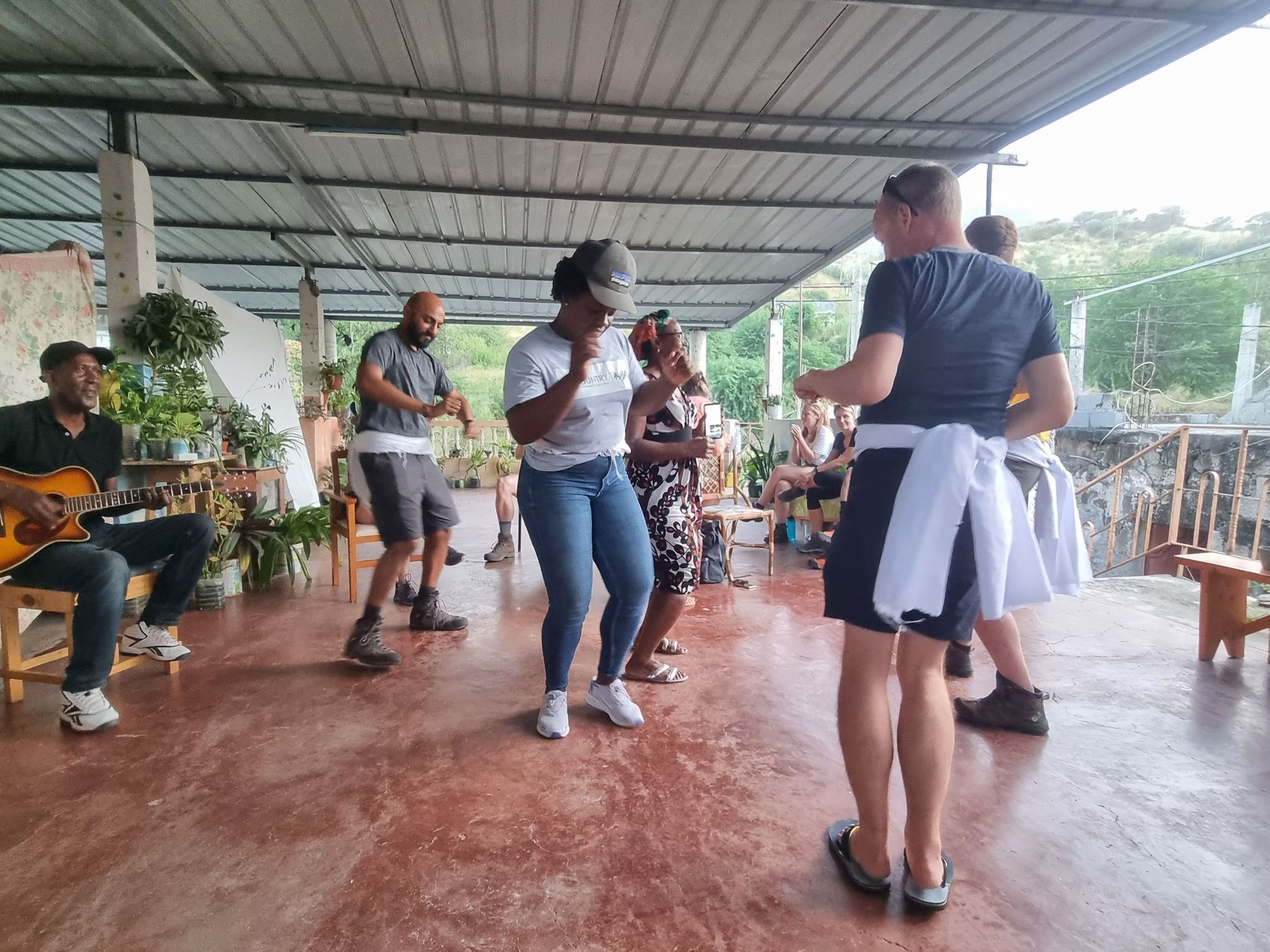
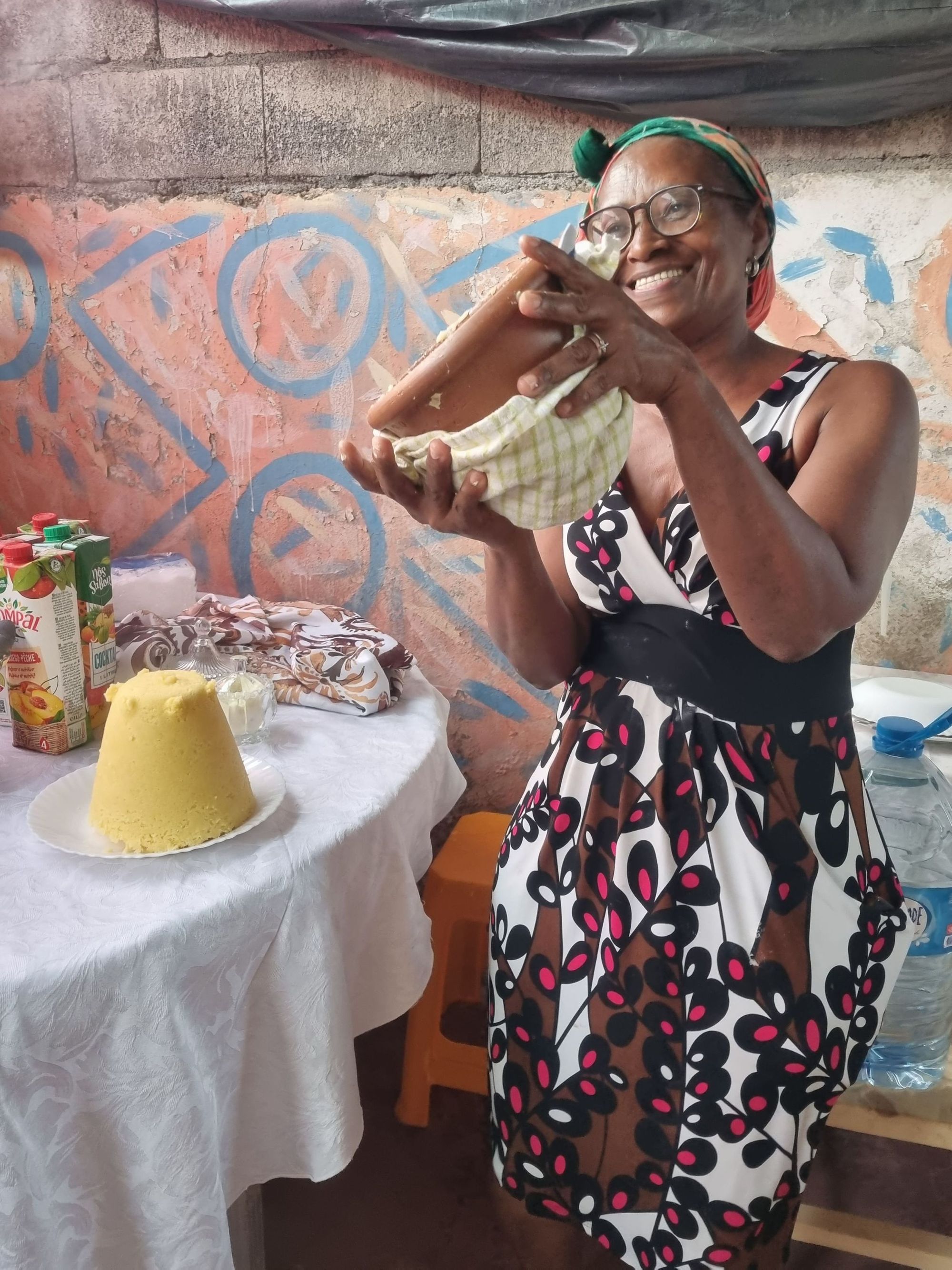
In the evening we arrived at Tarrafal, rejoining once again with the original itinerary. This is a small village in the north part of the island - the opposite side to where we had started our trip. It’s a very traditional village. It has a big fishing community, it's very colourful - and it's an idyllic place to relax.
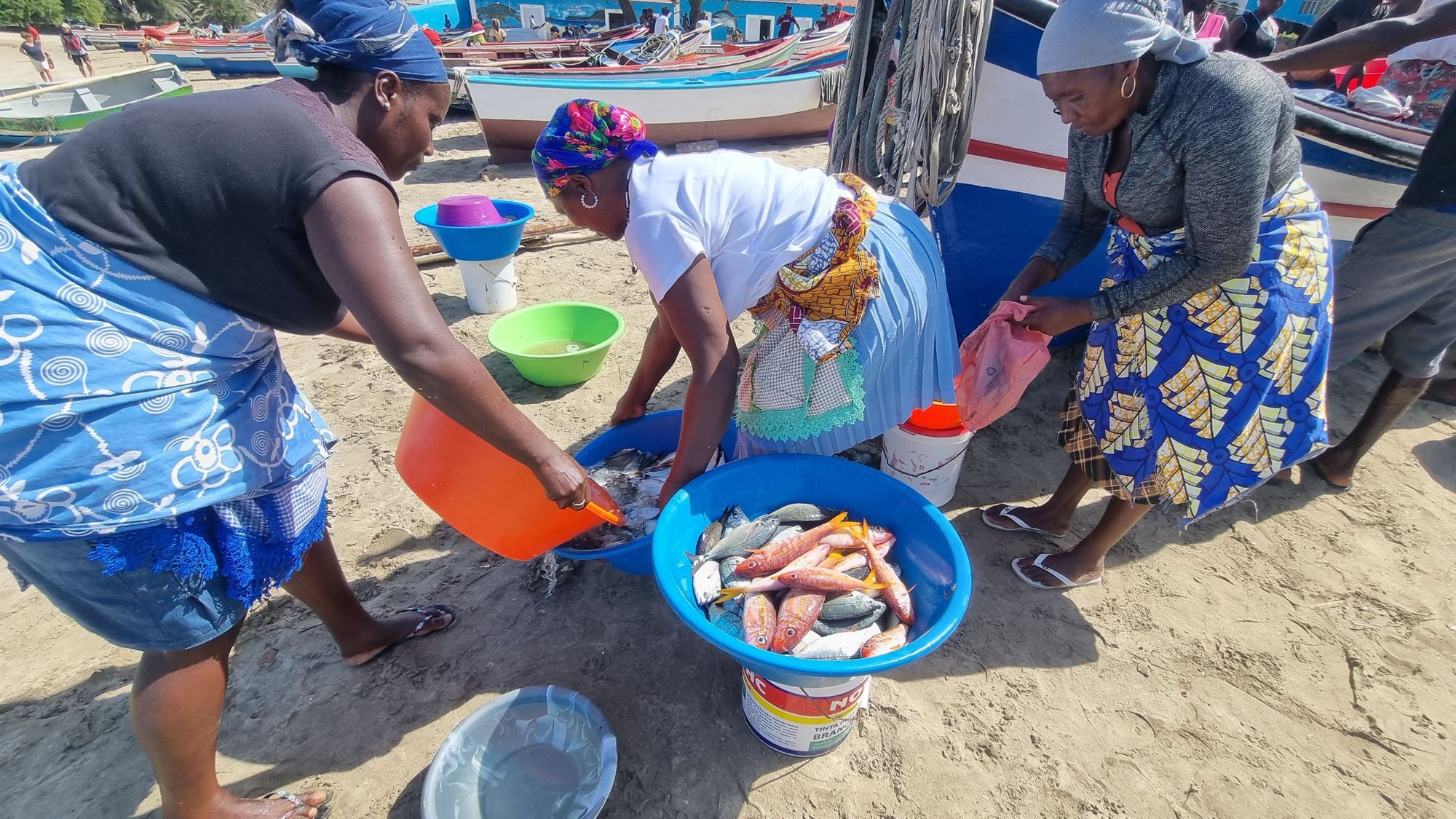
On the final day, we drove an hour into the wilderness, then hiked down through an otherworldly valley, where rugged rock formations are carpeted in foliage, passing remote villages on our way.
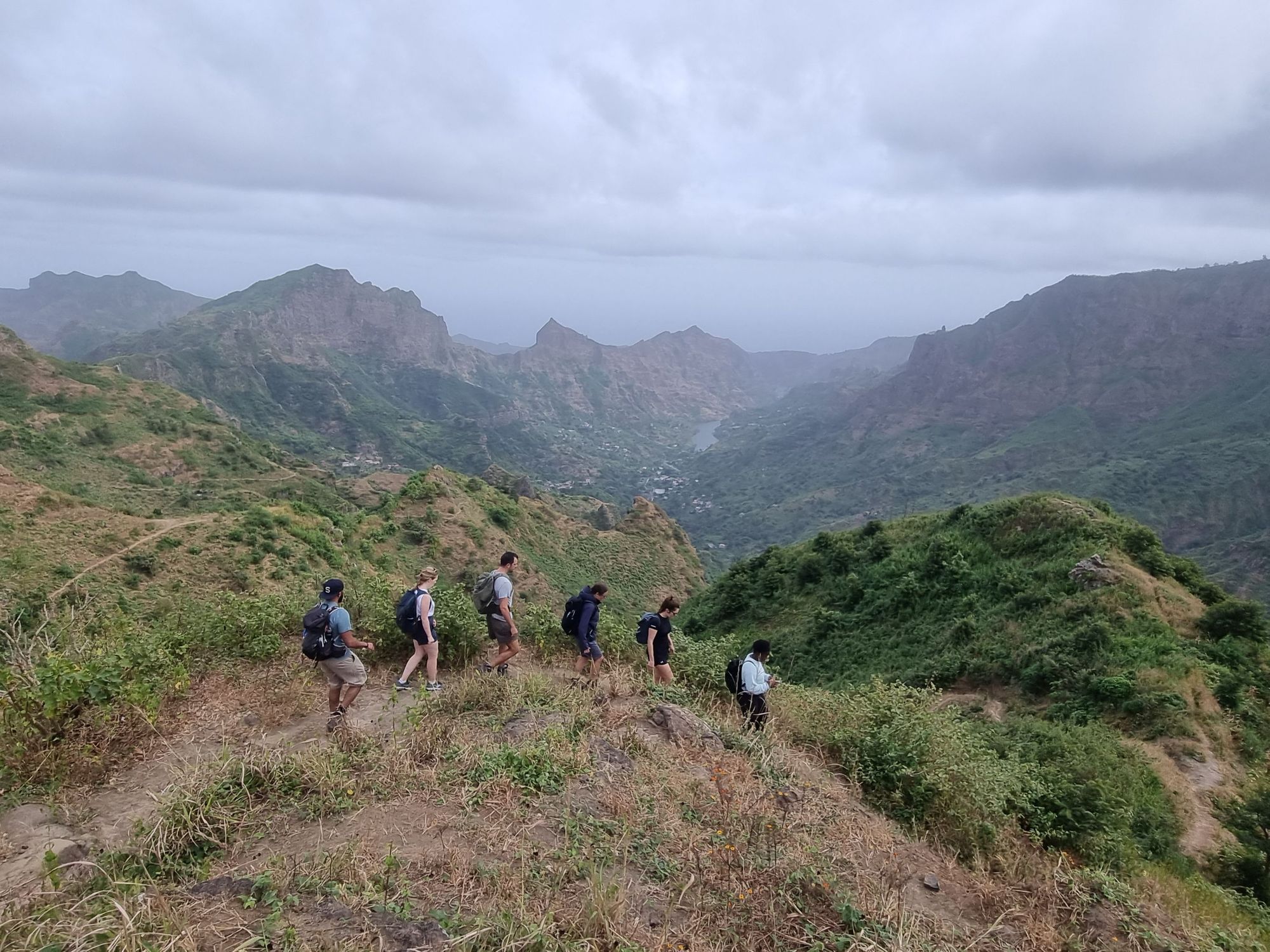
We then moved to Cuba Natural Pool. It was completely different from the pool that we saw in Fogo, with unique geometric basalt formations surrounding turquoise water. The experience was different too - because of the tides, we couldn’t do as much jumping and diving here but everyone still enjoyed it. The local team set up a barbecue overlooking the cliffs for lunch.
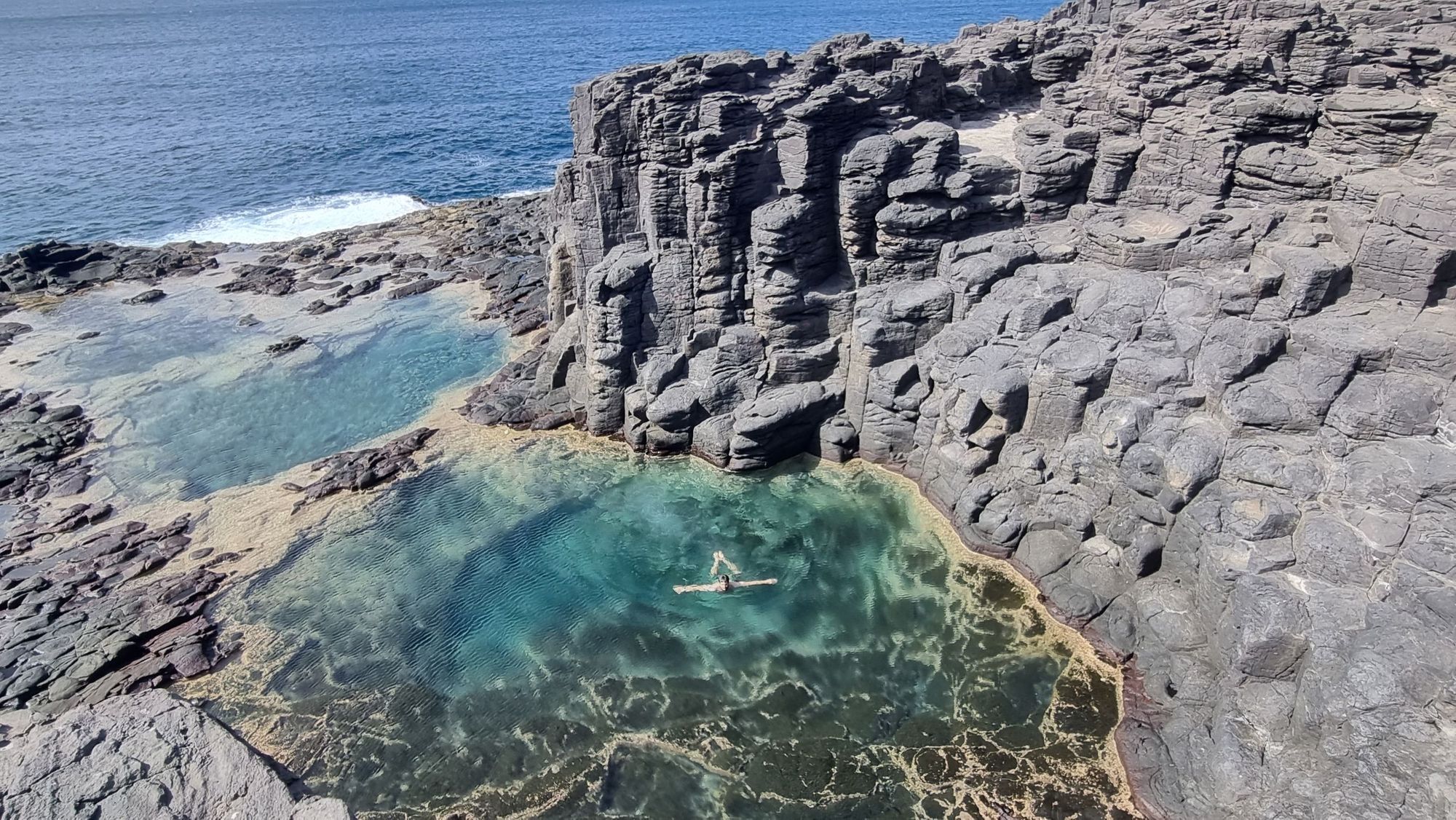
The remaining part of the day was spent at Tarrafal Beach, opposite the hotel. It’s lovely - it feels very local. You have these beautiful beach shacks serving cocktails, and we were provided with free snorkels to use directly from the beach. The temperature of the water is perfect; it was the ideal end to the week.
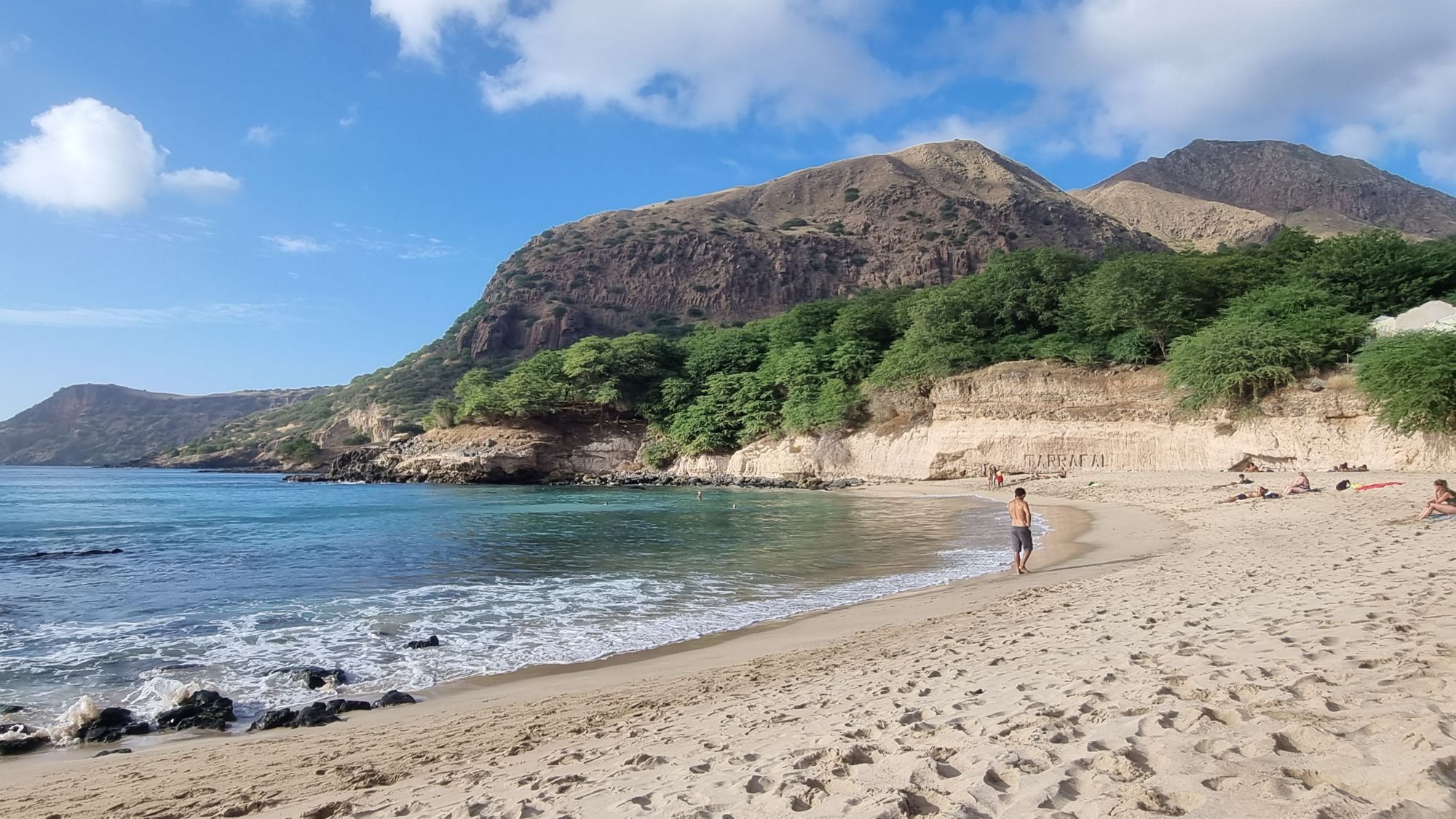
I contemplated how the trip had ended up being the perfect mixture of activities and downtime, as the water gently covered and retreated from the beach. Sometimes we forget that we need a holiday, even if we want the adventure and challenge of the big summit as well. That's what this adventure delivered.
Feeling inspired? To follow in Marta's footsteps, and check out our Adventure Hiking in Cape Verde trip!



